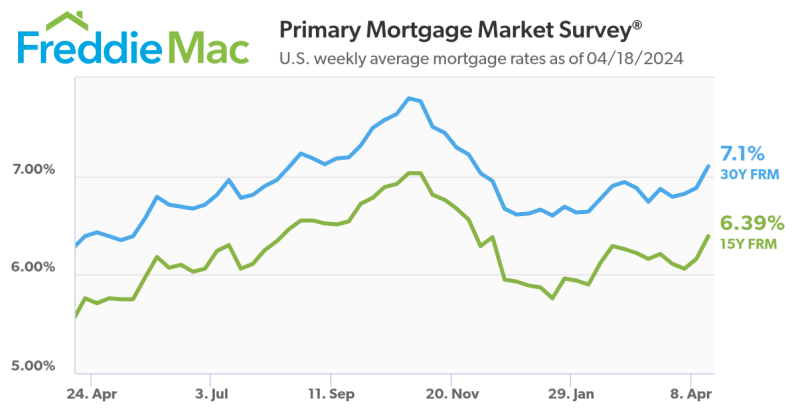Fair Housing and Disparate Impact

Question: I have been reading about a recent important United States Supreme Court decision which affects fair housing laws. Can you elaborate on the details of the case for me?
Answer: On June 25, 2015, the United States Supreme Court (the Court) in Texas Department of Housing and Community Affairs v. Inclusive Communities Project, Inc. (the Case) upheld that “disparate impact” is a viable theory of liability under the United States Fair Housing Act. “Disparate impact” occurs when certain housing or lending policies, which are neutral or seemingly non-discriminatory on their face, have a disproportionally adverse effect or impact on a member of a protected class and there is no legitimate, non-discriminatory business need for the policy or practice causing such disparate impact.
In the Case, the Court ruled that a consumer may bring an action claiming fair housing discrimination based on disparate impact even if no intent to discriminate exists. The Court further upheld that liability may be found where a legitimate business interest for the policy or practice exists but there was a less discriminatory option available.
The decision in the Case is significant in that real estate and mortgage professionals may be found guilty of fair housing violations even if they do not intend for their policies and/or practices to discriminate against, or disproportionately affect, protected classes. Under the Fair Housing Act, protected classes include race or color, religion, national origin, sex, familial status (defined as children under the age of 18 living with a parent or legal custodian, pregnant women, and people securing custody of children under 18), and disability or handicap.
An example of disparate impact could be a situation where a landlord adopts a policy which only permits tenants who have with full-time jobs. While this policy may not violate fair housing laws, it could bar disabled individuals (a protected class) who may not be able to work full-time even though they may meet the financial qualifications for the rental.
Neil Garfinkel is executive director/Realty & Title Services Compliance Group, and director/legal & regulatory compliance for Lenders Compliance Group.





